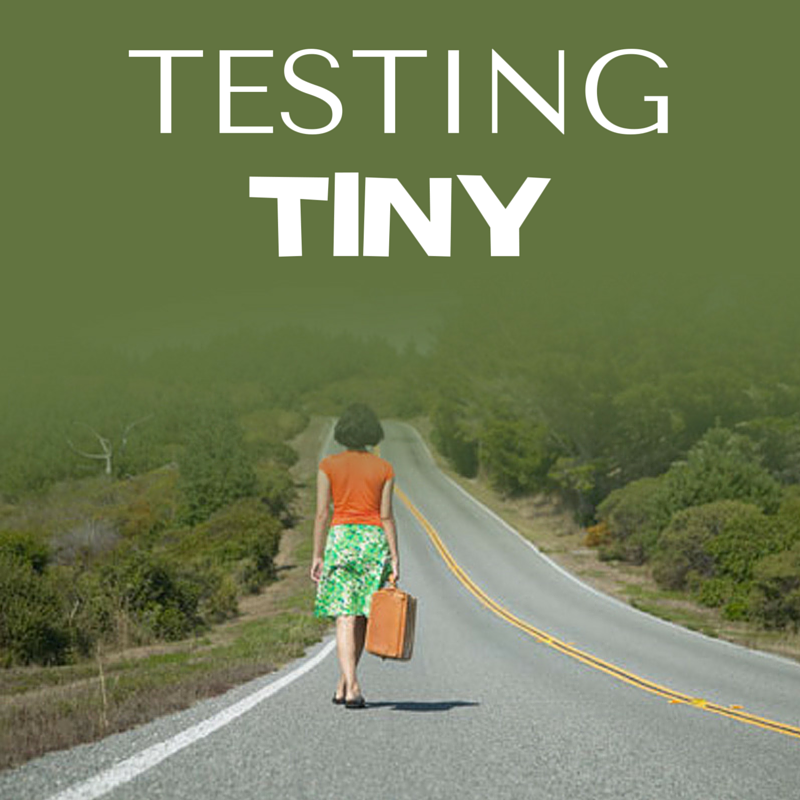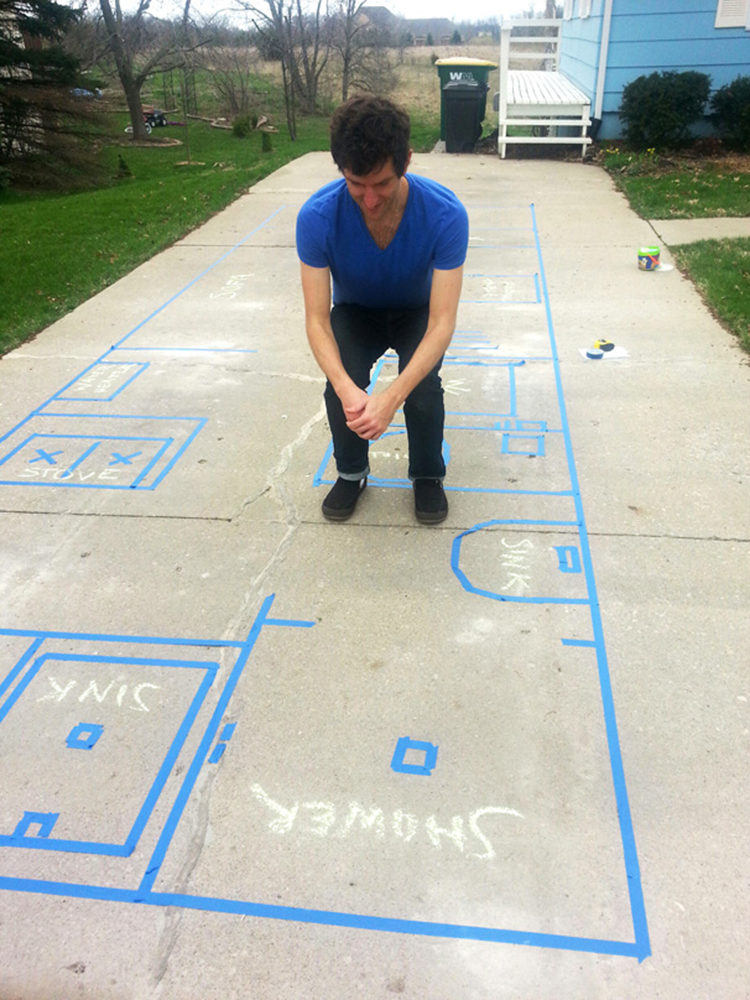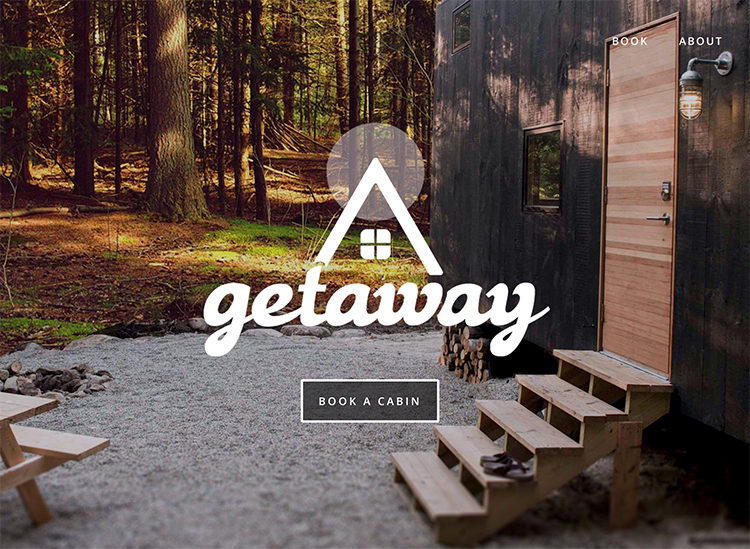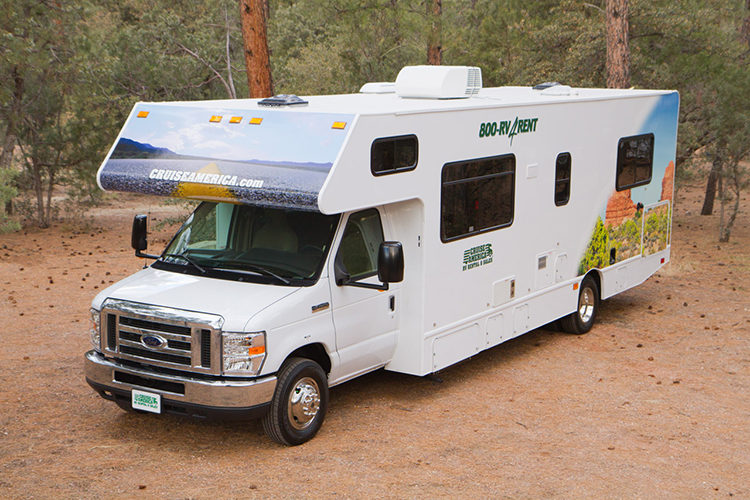It seems every time a new builder hits the tiny house scene the ceiling price of a 300 or so square foot home sky rockets. Then comes the inevitable conversation about how much a tiny house is really worth and how they are becoming too “big business” or mainstream. The truth I try to bring to the table is tiny houses are one of the few commodities that operate off of absolute value (as defined by The Labour Theory of Value).
Labor, says the Labour Theory of Value, is the basis of value. The value of a commodity is determined by the amount of socially necessary labor contained in it or by the amount of socially necessary labor-time spent in producing it from start to finish. Add to this a cost of materials (trailer foundation, framing lumber, nails, house wrap, etc) and you have the reason for increasing costs. All of this, of course, to say that a tiny house is an investment like any other. And depending on the size and style of house as well as a tool bag full of other things, it can be an expensive one. So to protect your investment and to be sure you are ready for the transition to tiny the following three exercises are ones that will help you test the tiny.
One of the best ways to test a tiny comes from Alek Lisefski of Tiny House Project who, back in 2013, found it advantageous to tape out the parameters of his tiny house. Would he bump his shoulder on a cabinet? Would his favorite seat find a home in his new tiny house? Would the walls seem to close in on him? After placing the tape Alek noted, “once I proportioned out all of the space to show where everything would go, it all seemed to come together quite perfectly, and didn’t feel as small as when I first started.”
GETAWAY
Nothing beats being in the space. Just ask Goldilocks. She not only entered the house of Papa, Mama, and Baby Bear but she tried their porridge, sat in their chairs, and slept in their bed, all to find the maximum comfort in the dark, woods! While the startup Getaway is not supporting breaking and entering they are contributing to the trend of living tiny including smaller houses, a simpler life, being friendlier to the environment, gaining financial security, learning self-sufficiency, and experiencing lots of adventure! For $99/night Getaway – comprised of Harvard Graduate School of Design students – is helping build the tiny house movement with their tiny mobile cabins.
GO CRUISING
Nothing helps prepare to live in a house on wheels more than…well, a house on wheels. And while there are no tiny house trailers I am aware of that can be rented and towed there is a “next best option.” To get the feel for 10’ or less of cross-space as well as anywhere from 16’ – 32’ of length perhaps consider renting an RV. Through a company like Cruise America you have the option to rent a variety of Class C motorhomes from one of 116 rental centers. With prices based on season, location, and availability, the rental RV may just be the way to go to get a feel of actual footprint including cooking space, a small bathroom, transitional sleeping spaces, and more!
These are just 3 ways to test tiny. What was missed? What have you done to prepare for a tiny house lifestyle or just to see what all the hubbub has been about?




Live in something smaller than your anticipated tiny for a while, then when you move into it the place will feel luxuriously large. It will also give you some good training for how to make smaller gestures and movements because it’s very different moving and just being in a smaller space. When I taped out my place I did it on a large sheet of plastic that could be rolled up and tucked away. I did wall mock ups too and hung them on the outside of a garage wall. Also helps to use cardboard boxes or other stuff to simulate furniture and counters etc. Finding a real life space that closely mimics the proportions of your design gives a good idea too.
Well it’s fairly easy to determine costs of a tiny, but one has to start with a charter. This charter comes from a list of all the things you want/need to live in a tiny…And I mean everything! Then one must break down the list into a one paragraph charter. For example here is mine: Everything I need, nothing I don’t. Must be completely off grid and self sustained, must be essentially maintenance free, must be mobile, must have all the amenities of a “normal” sized home, just smaller, must be no smaller that 200 Square feet. This is my permanent home day in, day out, year in year out. There! That’s it. Pretty simple no? I held strict to my charter, I designed and built my tiny from scratch I used recycled materials when I could and spared no expense on my appliances, solar PV and hot water systems. In all I spent $29k on everything from the ground up. This of course doesn’t include my labor, but a good rule of thumb is you can expect about same cost in labor as in materials. So if I sold my tiny it would be right around $60k a lot indeed! But this is NOT a weekend cabin or a fair weather retreat. This is a stand alone live anywhere fully appointed house. Could I have done it cheaper? Possibly, but not much. One can of course build a tiny for cheap or very expensive, I just depends on your charter
Thank-you for your ideas…I love the idea of a charter! I will work on mine this very weekend.
We have to think of new ways to fight high prices and get more people into tiny houses. Tiny houses are small so I think its time to pose the challenge of building one from start to finish with robotics to bring labor costs down. You buy the material and bring it to a place where a system of robots can put the shell of a tiny house together cheaply.
I went from an 1100sq ft house with one person to maybe 1000sq ft with four and then when i left that situation I went hog wild and went straight to 8×14 reno’d travel trailer, mostly because having 5 dogs noone wants to rent you an apartment as it seem they feel it is a recipe for disaster. I am working on getting the storage unit empty but I am getting there. My long term tiny house goal is going to be slightly bigger then my current abode but hopefully not too much. Depends which route I go. But I do know what works and what doesn’t work for me, what I can do without and what I need to live comfortably. I know I don’t need running water (it would be a luxury but not a necessity). I could do a composting toilet. I don’t need 50 amp hookups. I don’t need AC. I need space for 4 dog cages and a large/long couch. I need to get off grid. I do need freedom. I need to work less. That being said, I need to save up for the next step to make that dream a reality.
I’ve given up on the tiny house idea. If I’m going to spend $50-60K for a small house or park model (which are a higher cost), I might as well get a mobile home and live comfortably. With the money I save I can use it to buy a regular travel trailer and come back to my 75 acres when I’m tired of traveling. I never did intend to travel ALL the time, maybe a few weeks here or there, but home is ALWAYS my ultimate destination. With that said, GOOD LUCK to all you tiny house owners…